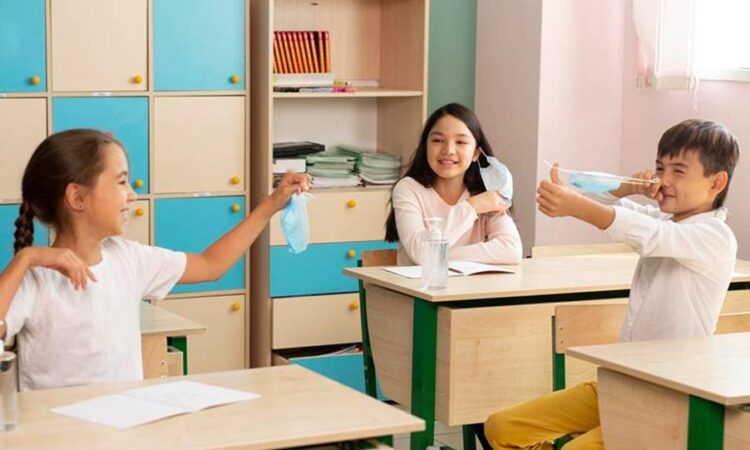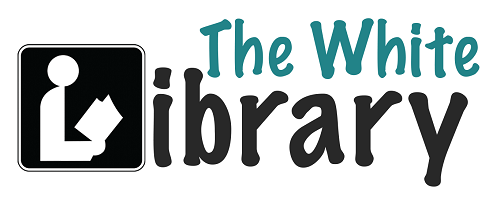
Families often search for childcare in Singapore that balances nurture with real learning. Many also want a philosophy that respects children’s ideas, cultures, and languages. Reggio Emilia in Singapore offers this blend by treating children as curious thinkers who learn through play, projects, and relationships. The approach prizes environments, documentation, and collaboration with families. Here’s how to recognise authentic practice and how it helps learners become more self-assured and compassionate.
1. Environment That Teaches
In Reggio settings the room is intentional, not decorative. Labels appear in living languages, materials are at kid-height, and natural items, light, and mirrors encourage close inspection. You should see flexible areas for small-group work, quiet nooks, and long-term project displays. A thoughtful environment signals that inquiry, not worksheets, drives learning.
2. Projects Grown From Children’s Questions
Teachers create provocations by observing curiosities like shadows, traffic, and seeds instead of using pre-planned themes. Children test ideas over weeks through drawing, building, role play, and visits. Evidence of revisiting matters: sketches improve, models change, vocabulary deepens. Projects knit literacy, maths, and science into meaningful contexts that children care about.
3. Teachers As Co-Researchers
Educators document conversations, choices, and attempts to understand thinking. They plan next steps from this evidence, not from rigid timetables. You should hear teachers asking open questions, offering time to wonder, and inviting multiple solutions. This stance builds persistence and gives children ownership of progress.
4. Documentation Families Can Read
Panels with photos, transcripts, and artefacts show what children tried, what they thought, and what changed. Look for clear narratives rather than long galleries. Good documentation in childcare in Singapore includes two-way notes that invite families’ stories, home languages, and observations to feed the next stage of learning.
5. Bilingual Practice With Purpose
When schools offer bilingual elements, languages wrap around the same inquiry. Measuring, negotiating, and reflecting are all examples of real conversation connected to action that adults model, so vocabulary develops with meaning. Labels, songs, and small routines appear in both languages without turning exploration into translation drills. This helps children transfer ideas across contexts.
6. Care Routines As Curriculum
Arrival, snack, and tidy-up are chances to practise independence, empathy, and sequencing. Children pour water, set places, and help friends with calm prompts at eye level. These moments develop executive function, the foundation beneath later reading, writing, and problem-solving. They also make classrooms gentler places to be.
7. Inclusion Through Design
Reggio Emilia in Singapore values access. All children are invited in by visual schedules, step-by-step instructions, and several methods to respond, such as speaking, building, or drawing. Environments reduce overwhelm with clear boundaries and predictable storage. Teachers create quiet areas and sensory alternatives so that participation can flourish without feeling stigmatised.
8. Assessment That Describes Growth
Instead of grades, teams track dispositions: curiosity, collaboration, perseverance, care for materials. Portfolios show attempts, not only polished work. Families receive short, regular notes describing new strategies and vocabulary, with suggestions for play at home. Assessment points towards next steps children can feel and notice.
9. Partnerships Beyond The Classroom
Community gives projects purpose. Walks in the neighbourhood, market chats, and guest visits turn the city into a studio. Families lend skills, stories, and objects. Children learn that knowledge lives in people and places, not only in books, which strengthens belonging and cultural pride.
10. Questions To Ask On A Tour
Evidence beats slogans. Ask how project ideas begin, how long they last, and how teachers decide the next provocation. Request to see a recent panel and a child’s portfolio showing drafts and revisions. Check how languages appear during real play, how mixed-age collaboration is supported, and how additional needs are accommodated. Confirm teacher–child ratios, outdoor time, and how the team handles tricky days with emotion coaching rather than punishment. Finally, ask how families contribute expertise. Pick centres that answer clearly and invite participation.
Conclusion
Choosing childcare in Singapore is simpler when you know what to look for. Spaces that encourage inquiry, projects based on children’s queries, and documentation that makes thinking visible are all hallmarks of Singapore’s Reggio Emilia. You should hear adults listening well, offering real vocabulary, and pausing for ideas to develop. Most of all, you should feel warmth, agency, and focus. These are the signals of a community that grows thoughtful learners and respectful friends.
Contact Apple Tree Playhouse to tour a live Reggio classroom, review bilingual documentation portfolios, and take home a starter inquiry kit so your child can try a mini project before enrolment.
